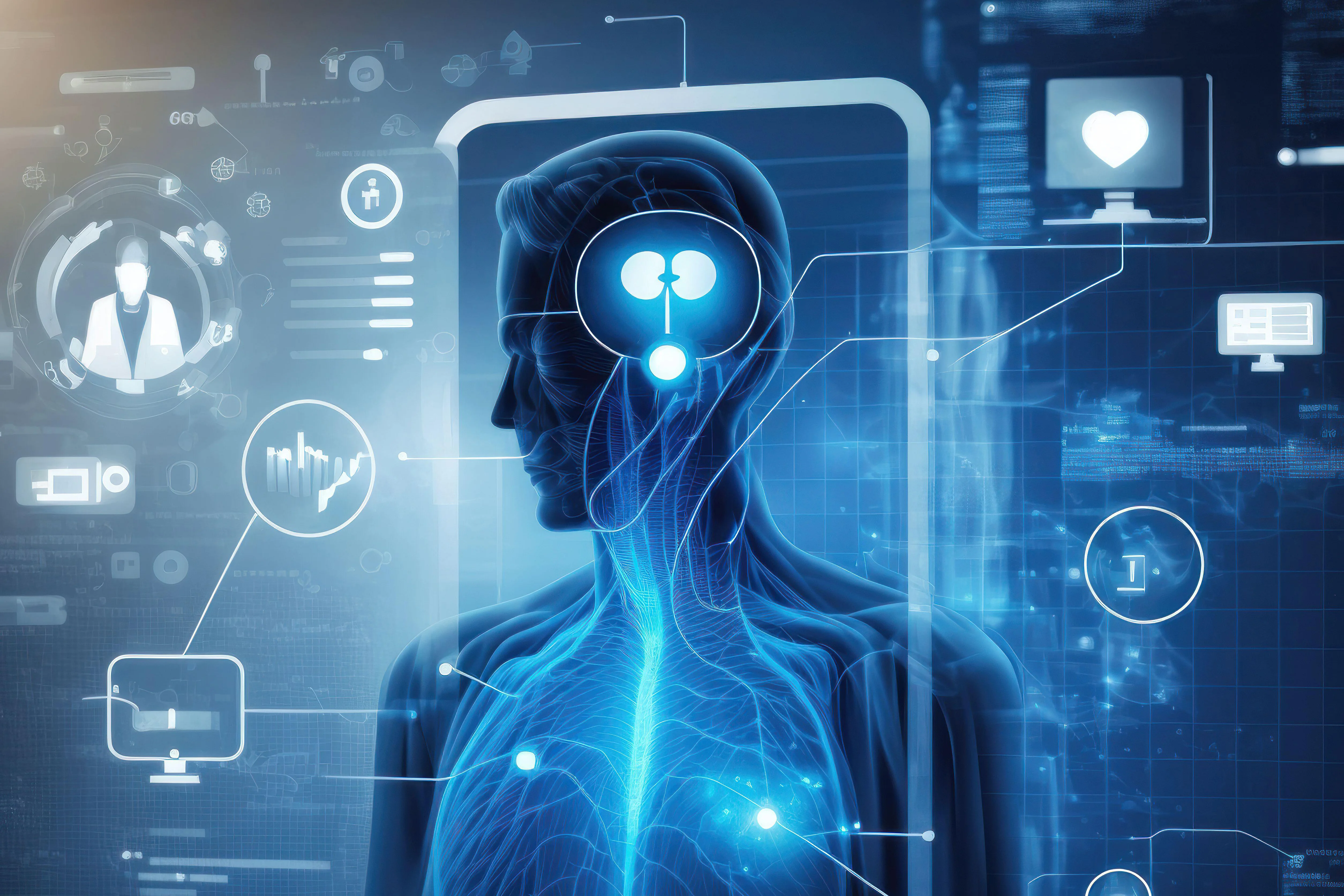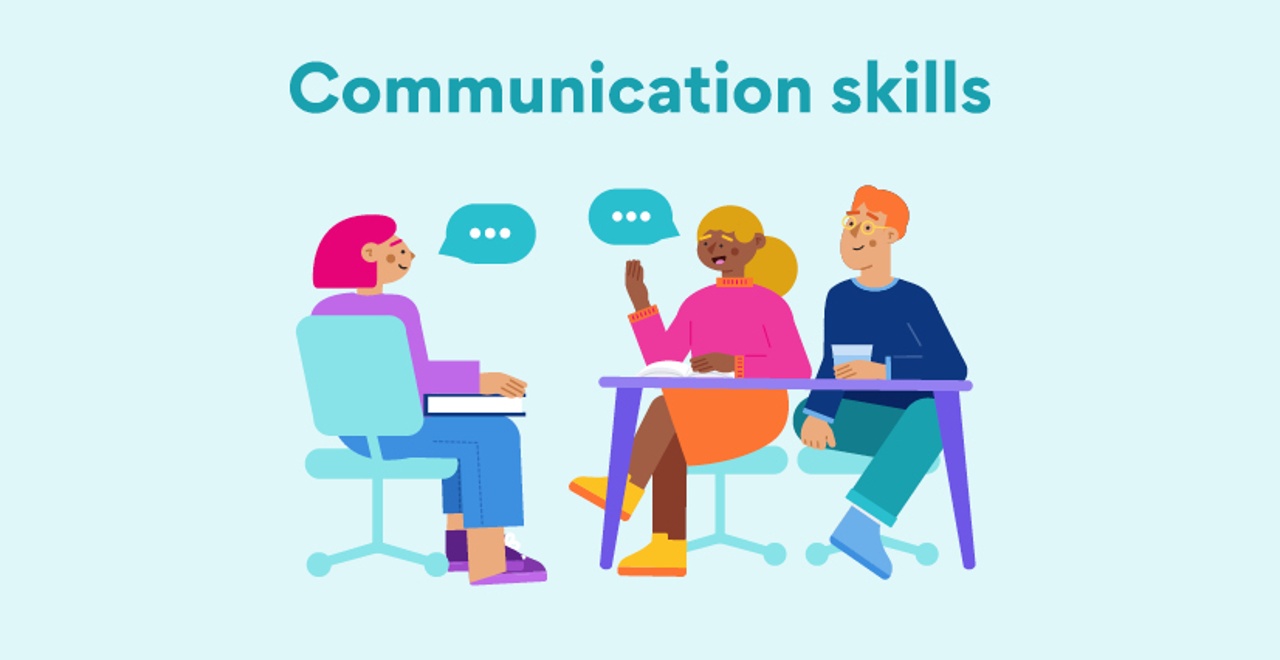The rise of artificial intelligence (AI) has brought about a wave of innovative tools designed to boost productivity in the workplace. These tools, ranging from AI-powered transcription software to virtual assistants, offer the potential to streamline tasks, automate processes, and enhance communication. However, while AI promises to revolutionize the way we work, it also presents a complex challenge for individuals with disabilities. This is particularly evident in the case of deaf and hard-of-hearing employees, who face a unique set of hurdles in navigating the AI-powered workplace.
The Promise and Pitfalls of AI for Deaf Workers
For deaf individuals like Paul Meyer, a seasoned HR and technical recruiter with nearly four decades of experience, the advent of AI-powered transcription tools initially seemed like a promising development. Having relied on human interpreters and captioners throughout his career, Meyer saw the potential for AI to bridge communication gaps and facilitate seamless interaction in professional settings. However, as companies increasingly adopted AI-driven transcription software, particularly in the wake of the pandemic-induced shift to remote work, Meyer began to observe a troubling trend.
While AI transcription tools offered a semblance of accessibility, their inherent limitations often led to misinterpretations, omissions, and inaccuracies, hindering effective communication for deaf employees. These shortcomings stemmed from the technology's inability to consistently and accurately transcribe diverse speech patterns, accents, and background noise. As Meyer points out, "The company thought the AI technology for captioning was perfect. They were confused why I was missing a lot of information."
This disconnect between the perceived capabilities of AI and its actual performance highlights a critical issue: the lack of awareness among employers regarding the limitations of AI-powered accessibility tools. This lack of understanding can lead to unrealistic expectations and a misplaced reliance on AI to replace human interpreters and captioners, potentially jeopardizing the employment and professional development of deaf workers.
The Rise of AI in the Workplace
The use of AI in the workplace is not limited to accessibility tools. In recent years, AI has permeated various aspects of professional life, with applications ranging from automated meeting summarization to code generation. According to Forrester Research, a significant proportion of global workers report that their employers have either implemented or plan to incorporate AI into their workflows. This widespread adoption of AI is driven by its potential to enhance productivity, automate mundane tasks, and provide valuable insights from data.
However, the increasing prevalence of AI in the workplace raises concerns about its impact on marginalized groups, including people with disabilities. The historical lack of representation of disabled individuals in the development and design of AI products further exacerbates these concerns. This lack of inclusivity can perpetuate biases and result in AI solutions that fail to adequately address the needs of diverse users.
Addressing the Limitations of AI
Recognizing the shortcomings of current AI technology, several companies are actively working to improve the accuracy and inclusivity of AI-powered speech recognition tools. Google, for instance, has embarked on initiatives to collect more diverse voice samples, aiming to train its models on a wider range of speech patterns and accents. The company's Project Relate app, launched in 2021, focuses on creating personalized speech recognition models for individuals with non-standard speech, including those with deaf accents, ALS, Parkinson's disease, and other speech impairments.
Collaborative efforts, such as the research partnership between Google, Amazon, Apple, Meta, and Microsoft, led by the Beckman Institute at the University of Illinois Urbana-Champaign, further demonstrate the industry's commitment to addressing the limitations of AI speech recognition. By pooling resources and expertise, these companies aim to develop more inclusive and robust AI models that cater to the needs of a diverse user base.
The Role of Deaf-Led Innovation
In addition to efforts by major tech companies, deaf-led startups are also playing a crucial role in advancing AI-powered accessibility solutions. Companies like OmniBridge and Sign-Speak are developing innovative products that focus on translating between American Sign Language (ASL) and English, facilitating seamless communication between deaf and hearing individuals. These startups bring a unique perspective to AI development, prioritizing the needs and experiences of deaf users.
The Need for Greater Inclusion
Despite these advancements, concerns remain about the lack of representation of disabled individuals in the development of mainstream AI tools. Jalon Hall, the only Black woman in Google's deaf and hard-of-hearing employee group, spearheaded a project to better understand the needs of Black deaf users, many of whom utilize Black ASL, a variant of ASL with distinct linguistic features. Hall's research highlighted the disparity in the effectiveness of AI tools for different groups of deaf users, underscoring the importance of inclusivity in AI development.
The exclusion of deaf perspectives in the design and development of AI products can perpetuate biases and lead to solutions that fall short of meeting the needs of the deaf community. As Hall emphasizes, "There are a lot of technically proficient deaf users, but they don't tend to be included in important dialogues. They don't tend to be included in important products when they're being developed. It means they'll be left further behind."
The Importance of Deaf Perspectives in AI Research
A recent study by a team of deaf and hard-of-hearing researchers further emphasizes the need for greater inclusion of deaf perspectives in AI research and development. The study found that a majority of published sign language studies failed to incorporate deaf perspectives, relying on data sets and modeling decisions that perpetuated biases about sign language and the deaf community. These biases can have far-reaching consequences for deaf workers, potentially limiting their access to opportunities and hindering their professional growth.
Maartje De Meulder, a senior researcher at the University of Applied Sciences Utrecht and co-author of the study, warns that the lack of deaf involvement in AI development could lead to a "baseline for bringing products to the market becoming fairly low." This could result in AI tools that are not "good enough" or are not voluntarily adopted by deaf workers, even when they are required or mandated by employers.
Prioritizing Accessibility in AI Development
To ensure that AI truly benefits everyone, companies must prioritize the improvement of AI tools for people with disabilities. This includes incorporating advancements in speech-to-text models into commercial products, actively seeking and incorporating feedback from disabled users, and promoting greater representation of disabled individuals in AI research and development teams.
While Google researchers have reported significant progress in reducing the error rate of their speech-to-text models, these advancements have yet to be integrated into their commercial products. This disconnect between research and product development highlights the need for companies to prioritize accessibility and inclusivity in their AI strategies.
Conclusion
The rise of AI presents both opportunities and challenges for individuals with disabilities. While AI-powered productivity tools hold the potential to enhance accessibility and create a more inclusive workplace, their limitations and potential biases must be acknowledged and addressed. To ensure that AI truly benefits everyone, companies must prioritize the inclusion of disabled perspectives in the design, development, and implementation of AI solutions. By embracing inclusivity and prioritizing accessibility, we can harness the transformative power of AI to create a more equitable and empowering workplace for all.
























0 Comments